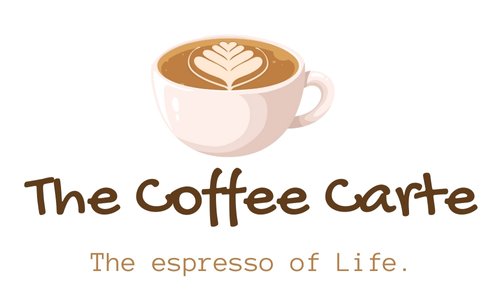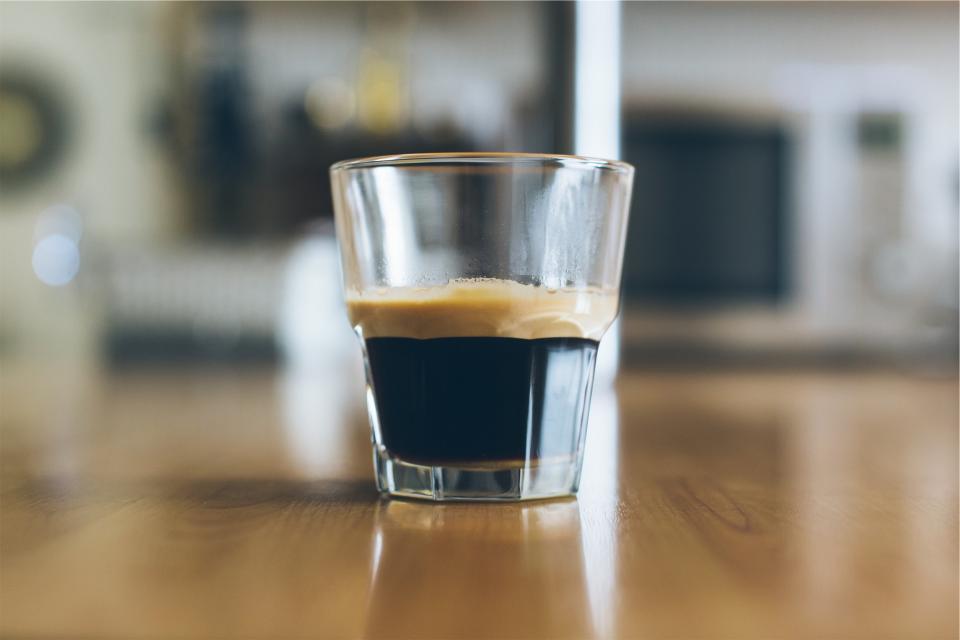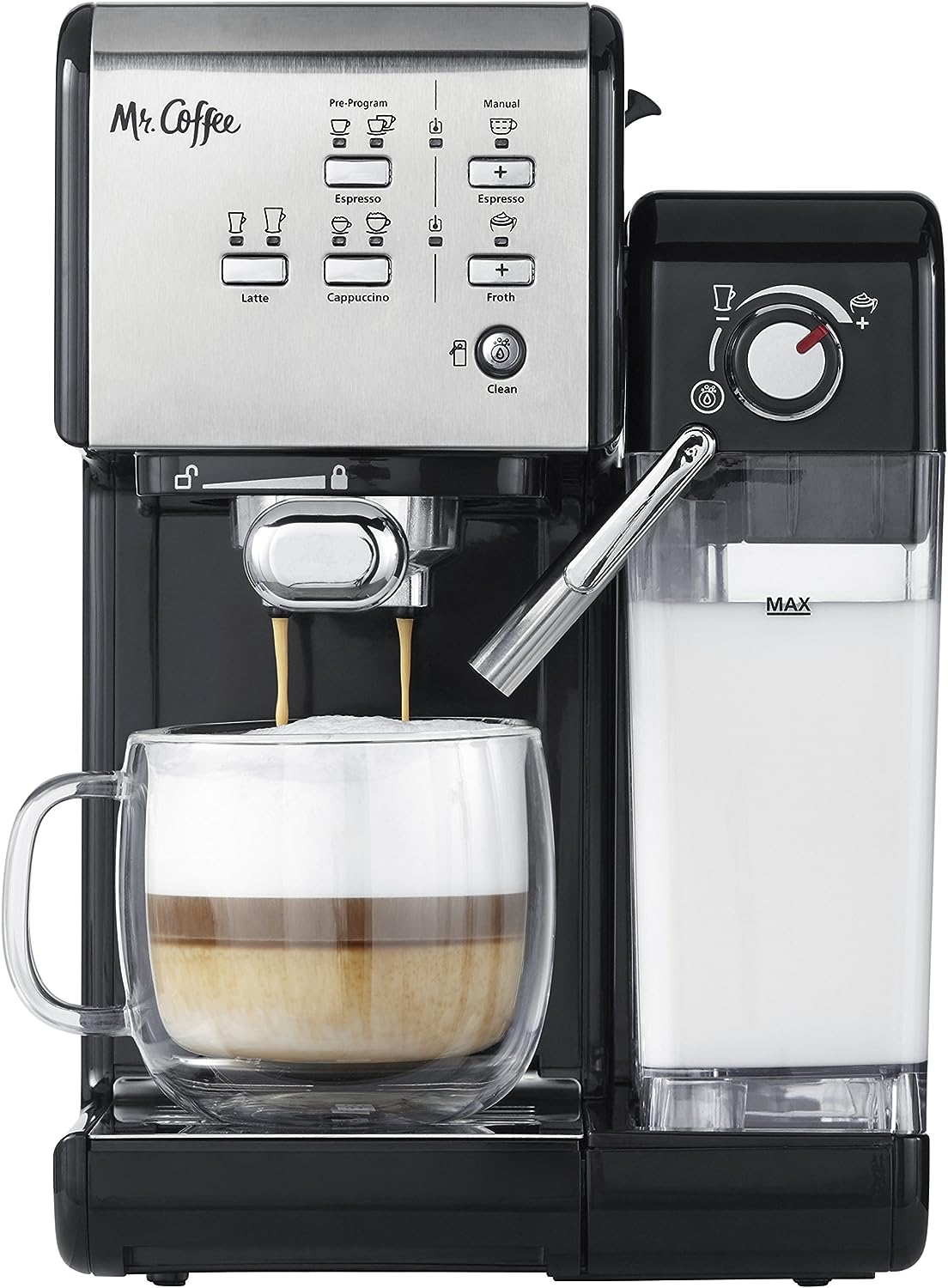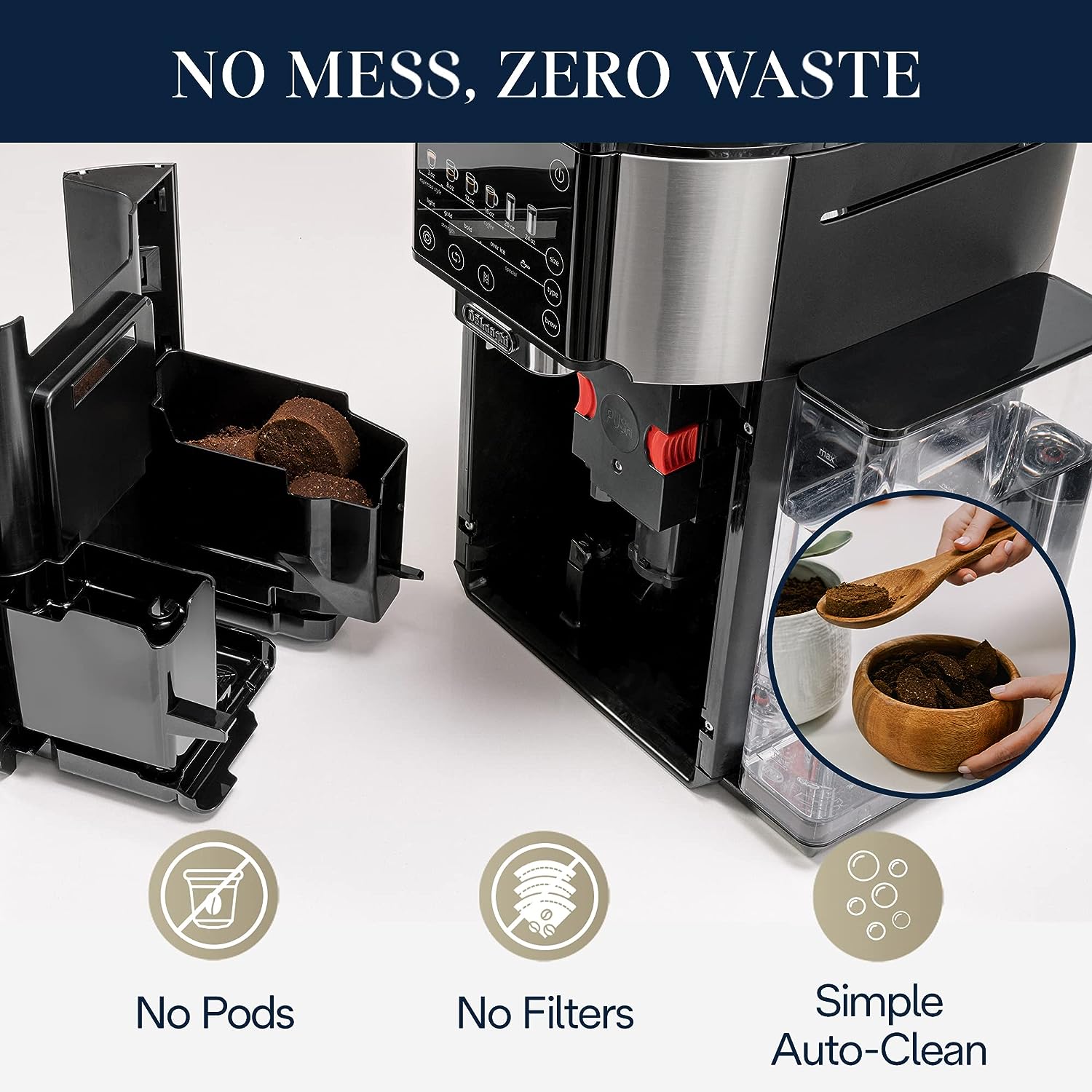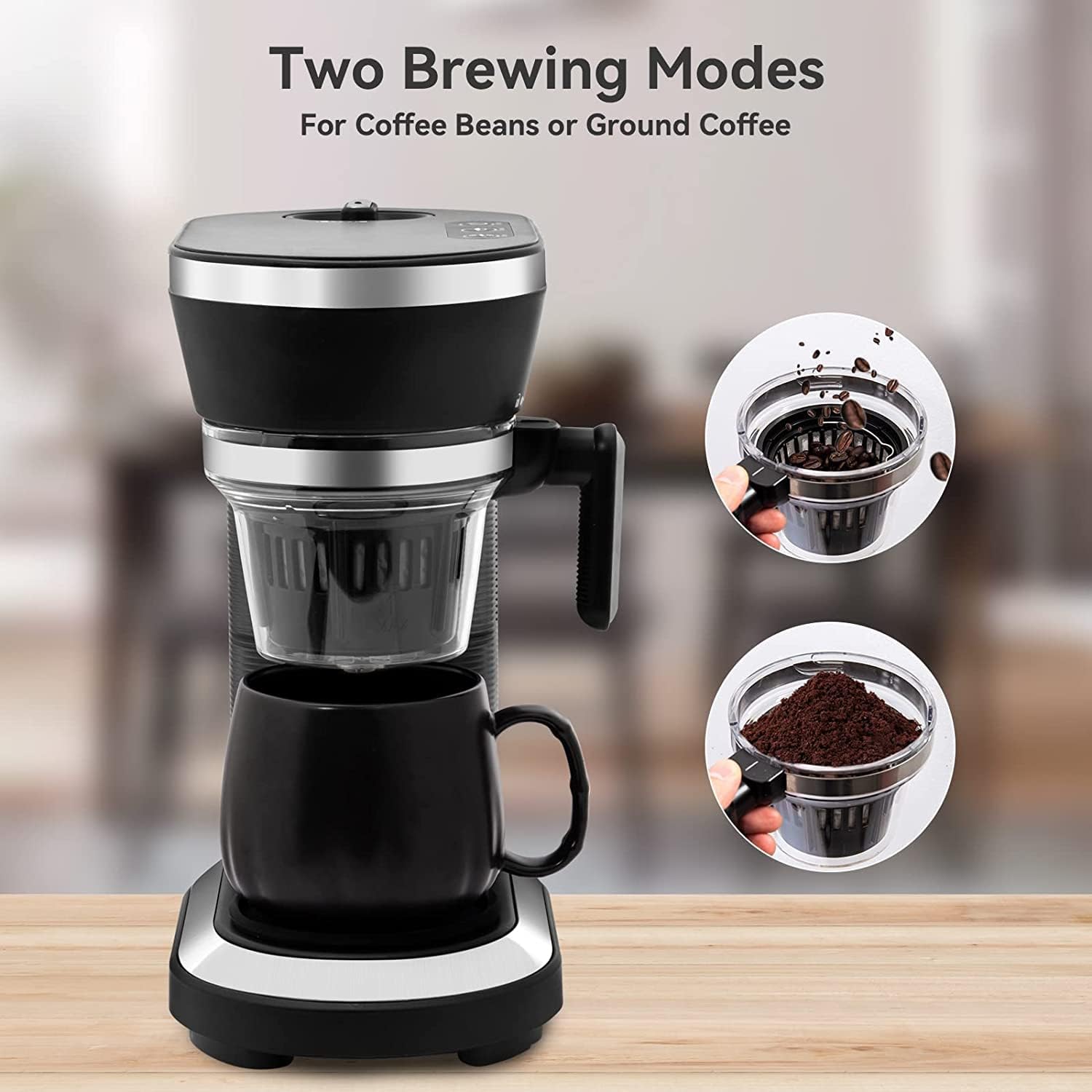Espresso has become a popular drink choice not just for its intense flavor and aroma, but also for its caffeine content. The rich and bold shot of flavor has become synonymous with mornings and midday pick-me-ups across the globe. However, the question that lingers on most espresso lovers’ minds is how much caffeine does a shot of espresso contain?
The answer might surprise you. Despite its strong taste, a shot of espresso usually contains a lower amount of caffeine than a regular cup of coffee. But how much lower? This article will explore the caffeine content of a shot of espresso and how it compares to other popular coffee drinks. So, whether you’re a seasoned espresso drinker or a newcomer to the coffee world, read on to discover the truth about caffeine in a shot of espresso.
Is there Caffeine in Espresso?
Coffee and espresso are two popular beverages that many people consume regularly. It is a well-known fact that the amount of caffeine in coffee and espresso differs, but the exact reasons for the difference are not always clear. On average, an eight-ounce cup of brewed coffee contains 96 milligrams of caffeine, while a one-ounce shot of espresso contains 64 milligrams. This means that an espresso shot contains less caffeine than a cup of coffee, but a double shot of espresso contains around one-third more caffeine than a cup of coffee.
The process of brewing coffee and espresso also affects the caffeine content. Espresso is made using fine grounds, which have a larger surface area for the pressurized water to penetrate quickly. This results in a highly-caffeinated brew, as most of the available caffeine is transferred during the 20-30 seconds it takes to make an espresso shot. In contrast, drip coffee uses larger grounds and has a longer brewing time, which results in less caffeine being extracted.
However, people often feel like they get more caffeine from an espresso shot than from a cup of coffee, even though the opposite is true. This is likely because people tend to drink espresso shots much faster than coffee, and the effects of caffeine hit within 15 minutes. In contrast, people usually sip coffee gradually, so they may not feel the caffeine hit until much later.
The amount of caffeine in coffee and espresso varies depending on factors such as the type of bean, roast, and brewing method. While espresso shots contain less caffeine than a cup of coffee, the difference in brewing methods means that espresso can still pack a highly-caffeinated punch. Whether you prefer coffee or espresso, it’s always a good idea to be aware of your caffeine intake and drink in moderation.
Lavazza Super Crema Whole Coffee Bean Blend
Amount of Caffeine In Espresso Drinks?
Espresso drinks are known for their strong and bold flavor, but just how much caffeine is in one of these drinks? The answer depends on the size of the espresso drink and the number of espresso shots it contains. A single shot of espresso typically contains around 63 milligrams of caffeine, while a double shot of espresso has approximately 126 milligrams.
A standard espresso drink, such as a cappuccino, latte, or macchiato, usually contains one or two shots of espresso. Therefore, the caffeine content in these drinks ranges from 63 to 126 milligrams. However, some coffee shops and cafes may use more than two shots in their espresso drinks, which would significantly increase the amount of caffeine. So, if you are mindful of your caffeine intake, it’s important to ask your barista about the amount of caffeine in your espresso drink before ordering.
Which Kind of Espresso Has the Least Caffeine?
If you’re a coffee lover who still wants to enjoy the taste of espresso without getting too much caffeine, you might be interested in learning which kind of espresso has the least amount of caffeine. Generally speaking, espresso made from coffee beans has less caffeine compared to a regular cup of coffee. However, the amount of caffeine in an espresso shot can vary depending on the type of coffee beans and the brewing method.
A single shot of espresso has approximately 40-50 milligrams of caffeine, while a double shot has a higher caffeine content roughly 80-100 mg of caffeine. Therefore, if you want your espresso drink to have the least amount of caffeine, you should order just one shot of espresso instead of a double shot, which still contains less caffeine than a cup of brewed coffee.
The different types of espresso drinks and their caffeine levels
There are various types of espresso drinks available, each with different caffeine levels. The amount of caffeine in a shot of espresso is approximately 63 milligrams of caffeine per ounce. The most basic espresso drink is a shot of espresso, which contains a high amount of caffeine at around 63mg per ounce. A latte has less caffeine as it is made with more milk than a shot of espresso, though the actual caffeine levels vary depending on the amount of espresso used in the drink.
On the other hand, Americanos have slightly more caffeine, as they are made with a shot of espresso and hot water. Cappuccinos are also made with a shot of espresso, though they have less caffeine as they are typically made with more milk than foam. It’s important to note the difference between drinks and their caffeine levels since some people may want to consume more or less caffeine throughout the day.
What happens if you drink too many shots of espresso in a day?
If you drink too many shots of espresso in a day, you may experience adverse effects due to the high caffeine content present in each shot of espresso. A standard shot of espresso typically contains around 63 milligrams of caffeine, which is significantly higher than the amount found in regular coffee. Drinking too many espresso shots can lead to symptoms such as jitters, anxiety, restlessness, increased heart rate, and even insomnia.
For coffee lovers, it’s important to understand the effects of caffeine on the body. After consuming caffeine, it may take up to 15 minutes for the effects to kick in, and the caffeine remains present in your bloodstream for up to 10 hours. Here are some key facts to know about caffeine:
-
- The half-life of caffeine, which is the amount of time it takes for half of the caffeine in your system to be eliminated, is approximately 5-6 hours.
-
- The amount of caffeine in your body can vary based on factors such as age, weight, and gender.
-
- Consuming high amounts of caffeine can lead to negative side effects, including anxiety, nervousness, and insomnia.
-
- Caffeine can also have positive effects, such as increased alertness, improved mood, and enhanced physical performance.
To ensure a safe and healthy caffeine intake, it’s recommended to consume no more than 400 milligrams of caffeine per day, which is roughly equivalent to 4 cups of coffee. It’s also important to pay attention to the caffeine content in other sources, such as energy drinks and certain medications. By being aware of the effects of caffeine on the body, you can enjoy your coffee in moderation and avoid any negative side effects.
Excessive caffeine intake can also cause dehydration, as it increases urine production in the body. Additionally, consuming too much caffeine can lead to addiction or dependence, making it harder for your body to function normally without the stimulant. Therefore, it’s important to consume espresso shots in moderation, and not exceed the recommended daily dose of caffeine if you do drink espresso.
how much caffeine in a shot of espresso?
One shot of espresso typically contains around 63 milligrams of caffeine. However, the exact amount can vary depending on factors such as the type of coffee bean used, the brewing method, and the size of the shot. For comparison, a standard 8-ounce cup of brewed coffee contains about 95 milligrams of caffeine. Despite its relatively small size, espresso packs a strong punch of caffeine due to its concentrated nature. It is commonly consumed as a quick pick-me-up or as a base for other drinks such as lattes and cappuccinos. Additionally, some people may be more sensitive to caffeine than others, so it is important to be aware of your own tolerance and consumption habits.
how much caffeine is in a shot of espresso at dutch bros
A shot of espresso from Dutch Bros typically contains around 75 milligrams of caffeine. This is slightly less than the average amount of caffeine found in a shot of espresso, which typically ranges from 60-100 milligrams. However, it should be noted that the amount of caffeine in espresso can vary depending on factors such as the type of coffee beans used, the brewing method, and the size of the shot. It is also important to remember that consuming too much caffeine can have negative effects on the body, such as increased heart rate and anxiety. It is recommended that individuals consume no more than 400 milligrams of caffeine per day, which is approximately four shots of espresso from Dutch Bros.
how much caffeine is in two shot of espresso
[[Heading:]] how much caffeine is in two shot of espresso
Two shots of espresso typically contain around 150 milligrams of caffeine in total. This amount of caffeine is roughly equal to that found in a regular cup of coffee, making it a popular choice for those who want a quick pick-me-up without the added volume of a larger drink. Because the caffeine content of espresso can vary depending on the bean, roast, and brewing method, it’s important to take note of the particular type of espresso being consumed. Additionally, people who are sensitive to caffeine or have underlying health conditions should be cautious when consuming two shots of espresso, as it may trigger adverse effects such as anxiety, heart palpitations, and insomnia. Overall, it’s important to consume caffeine in moderation and be aware of one’s personal tolerance levels to prevent negative side effects.
Coffee is a great way to start your day, but how much caffeine can you consume safely?
Caffeine is a commonly consumed stimulant that is present in coffee, and understanding the safe amount of caffeine intake is critical for coffee lovers. The amount of caffeine in coffee can vary based on multiple factors, including the type of coffee beans used, the brewing process, and the amount of coffee used per shot. An average eight-ounce cup of drip coffee contains about 96 milligrams of caffeine, while a single shot of espresso contains approximately 64 milligrams of caffeine. However, the exact caffeine content in coffee can vary depending on the coffee brewing method and the type of beans used.
To provide a clearer understanding of the amount of caffeine present in various coffee drinks, the table below outlines the caffeine content per serving size of different coffee beverages:
| Coffee Beverage | Caffeine Content (mg) |
|---|---|
| Drip coffee (8 oz) | 96 |
| Espresso (1 oz) | 64 |
| Double shot of espresso (2 oz) | 128 |
| Cappuccino (8 oz) | 71 |
| Latte (8 oz) | 63 |
| Americano (8 oz) | 77 |
According to the US Food and Drug Administration (FDA), up to 400 milligrams of caffeine per day is safe for most adults. However, excessive caffeine intake can lead to negative effects such as insomnia, restlessness, and increased heart rate. Thus, it is crucial to be aware of the caffeine content in coffee and consume it in moderation to avoid caffeine-related side effects.
Conclusion
understanding the amount of caffeine in a shot of espresso is crucial for coffee lovers who want to maintain a healthy caffeine intake. Espresso is a popular coffee beverage that contains around 64 milligrams of caffeine per shot, making it a great option for those who want a quick caffeine boost. However, it’s important to keep in mind that the exact amount of caffeine can vary based on factors such as the brewing method and the type of beans used. By being aware of the caffeine content in your coffee, you can enjoy your favorite beverage in moderation and avoid any negative side effects. So if you’re wondering how much caffeine is in your shot of espresso, keep in mind the information provided and make informed decisions about your caffeine consumption.
FAQ: How Much Caffeine in a Shot of Espresso?
Q1: How much caffeine is in a shot of espresso? A: The caffeine content in a shot of espresso can vary, but typically, it may contain around 63 milligrams of caffeine. This depends on factors such as how the espresso is brewed and how much coffee is used per shot.
Q2: Does an espresso have a higher concentration of caffeine compared to other types of coffee? A: Yes, espresso has a higher concentration of caffeine per ounce compared to drip-brewed coffee. However, an average cup of coffee or cappuccino might contain more caffeine in total, as it typically contains more liquid.
Q3: Does the type of coffee used to make espresso affect its caffeine content? A: Yes, the type of ground coffee used can affect how much caffeine is in each shot. Espresso made from arabica beans generally has less caffeine than espresso made from robusta beans.
Q4: How much caffeine am I consuming if I have multiple espresso shots per day? A: That would depend on the number of shots. For example, three shots of espresso may contain about 189 milligrams of caffeine. So, if you’re having 6 espresso shots per day, you might consume around 378 milligrams of caffeine.
Q5: How does a double shot compare to a single shot of espresso in terms of caffeine? A: A double shot will contain approximately twice the amount of caffeine as a single shot, given that twice as much coffee is used.
Q6: How can I find out how much caffeine I’m consuming? A: Knowing the type of coffee, how it’s brewed, and the serving size can give you a good estimate of how much caffeine you’re consuming. Always remember that caffeine is an organic compound and can affect individuals differently.
Q7: How does espresso compare to an average cup of coffee in terms of caffeine? A: While espresso contains a higher concentration of caffeine per ounce, an average cup of coffee might contain more caffeine overall because it is typically served in larger quantities.
Q8: How does the way espresso is brewed affect the caffeine content? A: The process by which espresso is brewed using an espresso machine, including the pressure applied and the brewing time, can affect the caffeine content. Higher pressures and longer brewing times can extract more caffeine from the coffee grounds.
Q9: How much caffeine is in a cup of espresso compared to a cup of drip-brewed coffee? A: A single shot of espresso, which is typically about 1 ounce, contains roughly 63 milligrams of caffeine. A standard 8-ounce cup of drip-brewed coffee contains between 95 to 200 milligrams of caffeine. Thus, while espresso has a higher concentration of caffeine, a full cup of drip-brewed coffee often contains more total caffeine.
Q10: Does the type of beans used in making espresso affect the caffeine content? A: Yes, the type of coffee beans can significantly affect the caffeine content. For instance, espresso made from arabica beans generally has less caffeine than espresso made from robusta beans.
Q11: How can I reduce my caffeine intake from espresso? A: You can limit how many espresso shots you consume per day, or consider switching to decaf espresso or espresso made from arabica beans, which contain less caffeine than robusta beans.
Q12: Is there a safe limit to how many espresso shots I can consume per day? A: The exact number can vary depending on an individual’s tolerance to caffeine. However, it’s generally recommended to limit caffeine intake to 400 milligrams per day, which equates to roughly 6 shots of espresso.
Q13: Do all espresso machines brew coffee with the same amount of caffeine? A: No, different espresso machines can produce varying amounts of caffeine in a shot, depending on how the espresso is brewed. Factors such as the temperature, pressure, and brew time can all affect the caffeine content.
Q14: Can I know exactly how much caffeine I’m consuming from a shot of espresso? A: It’s difficult to know the exact amount since it can vary depending on several factors including the type of coffee beans, how finely they’re ground, and the brewing method. However, you can get a general estimate based on averages.
Q15: Why is there more caffeine in drip coffee compared to espresso, when espresso tastes stronger? A: While espresso does have a stronger, more concentrated flavor, it is usually served in smaller quantities than drip coffee. Therefore, a cup of drip coffee often contains more total caffeine than a single shot of espresso.
